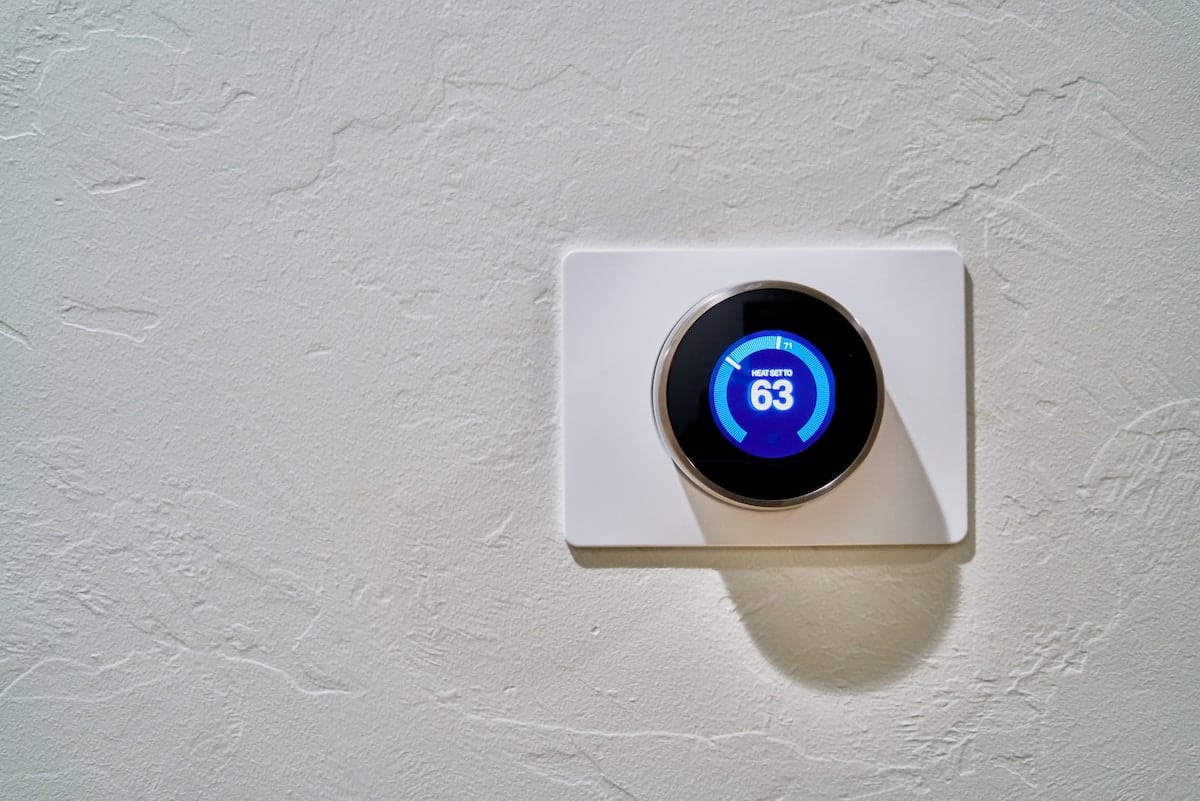Cool rooms are essential for various industries, including food storage, pharmaceuticals, and logistics. These temperature-controlled environments rely on sturdy and efficient panel systems to maintain the desired conditions. However, the installation and maintenance of cool room panels can present certain challenges that need to be addressed to ensure optimal performance. In this blog, we will explore some of the common challenges faced when you look for coolroom panels and provide insights into how these challenges can be overcome. By familiarizing yourself with these common hurdles and learning effective strategies of cold room kits to overcome them, you can elevate your cool room’s functionality, prolong its lifespan, and ensure the preservation of your valuable inventory.
Factors to Consider before Buying Cold Room Kits
We will explore the intricacies of cool room panel installation, highlighting the importance of proper insulation, selecting suitable panel materials, and addressing potential thermal bridging concerns. Additionally, we will delve into the realm of maintenance, discussing key challenges such as condensation prevention, mold and bacteria growth, and energy efficiency optimization.
- Proper Panel Alignment:
One of the key challenges in cool room panel installation is achieving precise panel alignment. Misalignment can compromise the integrity of the structure and hinder the overall effectiveness of insulation. To overcome this challenge, ensure that a level and square foundation is prepared beforehand. Use appropriate installation techniques, including accurate measurements and secure fastening systems, to ensure panels fit snugly together.
- Thermal Bridging:
Thermal bridging occurs when there is a break in the insulation, leading to heat transfer and reduced energy efficiency. This challenge can be addressed by using thermal break materials or installing insulation tape between the panels to minimize contact points. Additionally, employing specialized panel designs that reduce thermal bridging can significantly enhance insulation performance.
- Moisture Control:
Moisture control is crucial in a cool room environment to prevent condensation, mould growth and potential damage to the structure. To overcome this challenge, ensure proper sealing between panels and use vapour barriers or insulation with built-in moisture resistance properties. Regular inspection and maintenance to address any signs of moisture accumulation are also vital for long-term performance.
- Air Leakage:
Air leakage compromises the temperature control and energy efficiency of cool rooms. To reduce this challenge, pay close attention to the installation of joint seals and gaskets. Ensure a proper seal at all panel connections, including corners and edges. Conduct thorough inspections and perform routine maintenance to identify and rectify any air leakage.
- Panel Damage:
Coolroom panels are susceptible to damage during installation and maintenance activities. Mishandling, accidental impacts, or equipment failures can lead to dents, scratches, or punctures, compromising the insulation properties. Preventive measures such as providing adequate training to installers and maintenance personnel, implementing strict safety protocols, and using protective measures like bumpers or guards can help minimize the risk of panel damage.
- Structural Support:
Cool room panels rely on a robust structural support system to ensure their stability and longevity. Inadequate support or poor load distribution can cause panels to sag, buckle or collapse over time. To overcome this challenge, when you look for coolroom panels for sale, consult with structural engineers or panel manufacturers to determine the appropriate support system based on the specific requirements of your cool room. Regular inspection and maintenance of the support system are crucial to identify and address any structural issues promptly.
- Temperature Variations:
Achieving consistent temperature control throughout a cool room can be challenging due to variations in external conditions, door openings, or faulty HVAC systems. To address this challenge, invest in high-quality insulation materials with excellent thermal properties. Consider implementing zoning systems to regulate temperature variations within the facility. Regular calibration and maintenance of HVAC systems are also necessary to ensure optimal performance.
- Cleaning and Sanitation:
Maintaining a clean and sanitary cool room is vital, especially in the food processing and pharmaceutical industries. Cleaning challenges may arise due to panel texture, joint configurations, or difficult-to-reach areas. To overcome this challenge, choose smooth panel surfaces that are easy to clean and resistant to bacterial growth. Use appropriate cleaning agents and techniques by Cold Room Kits recommended by the panel manufacturer to ensure effective sanitation without compromising the panel’s integrity.
- Regular Maintenance:
Proactive and regular maintenance is essential to prevent potential issues and ensure the longevity of cool room panels. Develop a comprehensive maintenance plan that includes regular inspections, cleaning, and repair activities. Stay updated with the latest industry guidelines and best practices for cool room panel maintenance. Additionally, schedule periodic professional inspections to identify any underlying issues and address them promptly.
Conclusion
Coolroom panels for sale come with their fair share of challenges, careful planning, proper training, and attention to detail can help overcome these obstacles. By addressing issues related to handling, measurement, sealing, and moisture control, one can ensure the longevity and efficiency of the Cold Room Kits. Collaboration with experienced professionals and adherence to manufacturer guidelines are essential in tackling these challenges effectively. With the right approach and proactive maintenance, cool rooms can continue to provide the ideal storage environment required for various industries, contributing to the seamless operations of businesses reliant on temperature-controlled storage.


